Exploring Body Image After Mastectomy: A Detailed Literature Review
VerifiedAdded on 2023/04/21
|8
|825
|123
Literature Review
AI Summary
This assignment presents a literature review focusing on the impact of mastectomy on body image in women diagnosed with breast cancer. It highlights the rationale for choosing this topic, emphasizing the importance for healthcare professionals to understand the research process. The review touches upon the prevalence of breast cancer in the UK, risk factors, and how body image is affected emotionally, physically, sexually, and socially post-mastectomy. The methodology section explains the purpose of a literature review, followed by recommendations for educational and clinical practice to improve knowledge and independence in patients suffering from breast cancer. Furthermore, it emphasizes the importance of mammogram screenings, counseling sessions, and various clinical interventions like lumpectomy and mastectomy, while respecting patient's choice in treatment options. This document is available on Desklib, a platform offering AI-based study tools and a repository of student-contributed assignments.
1 out of 8
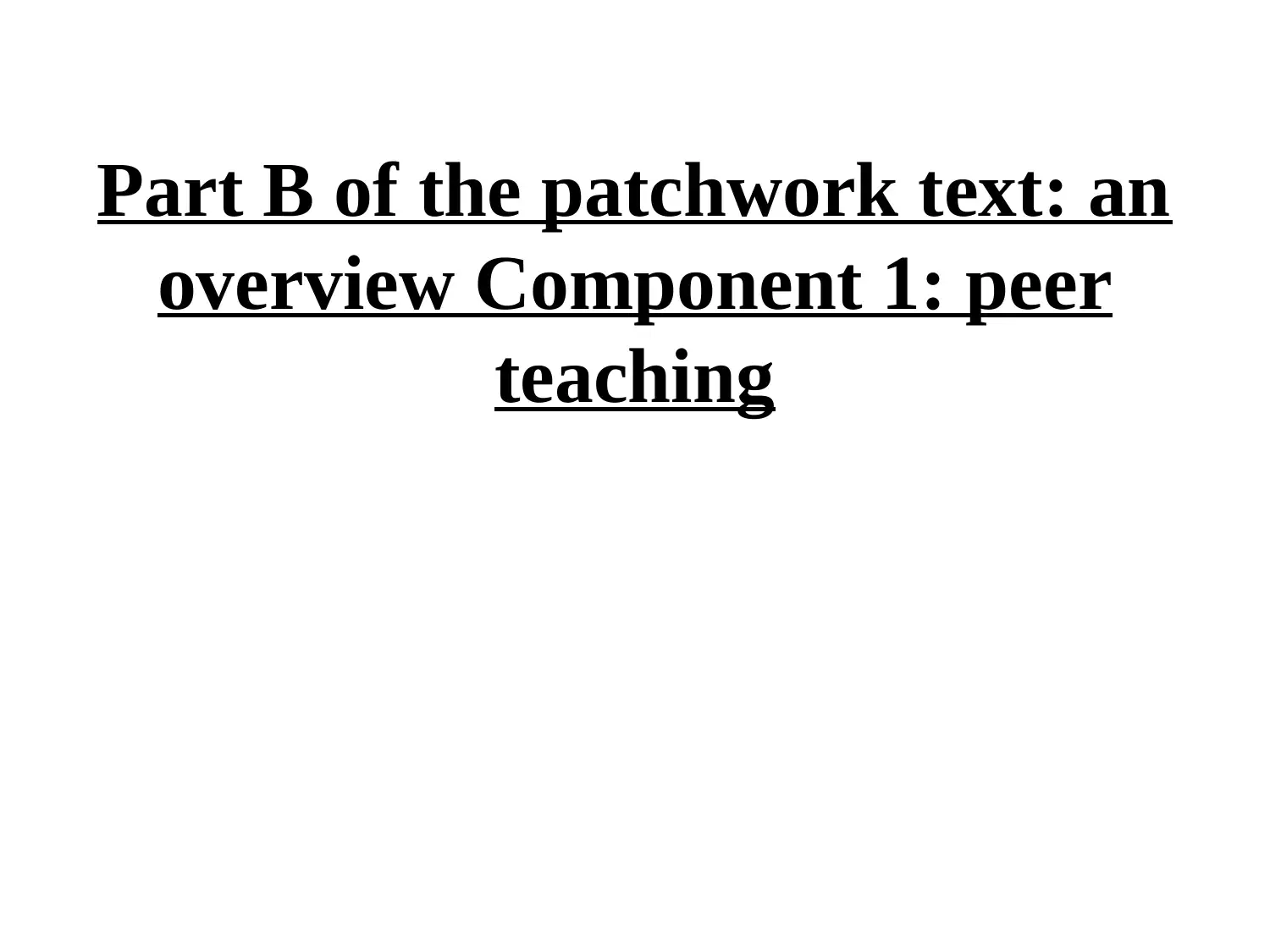
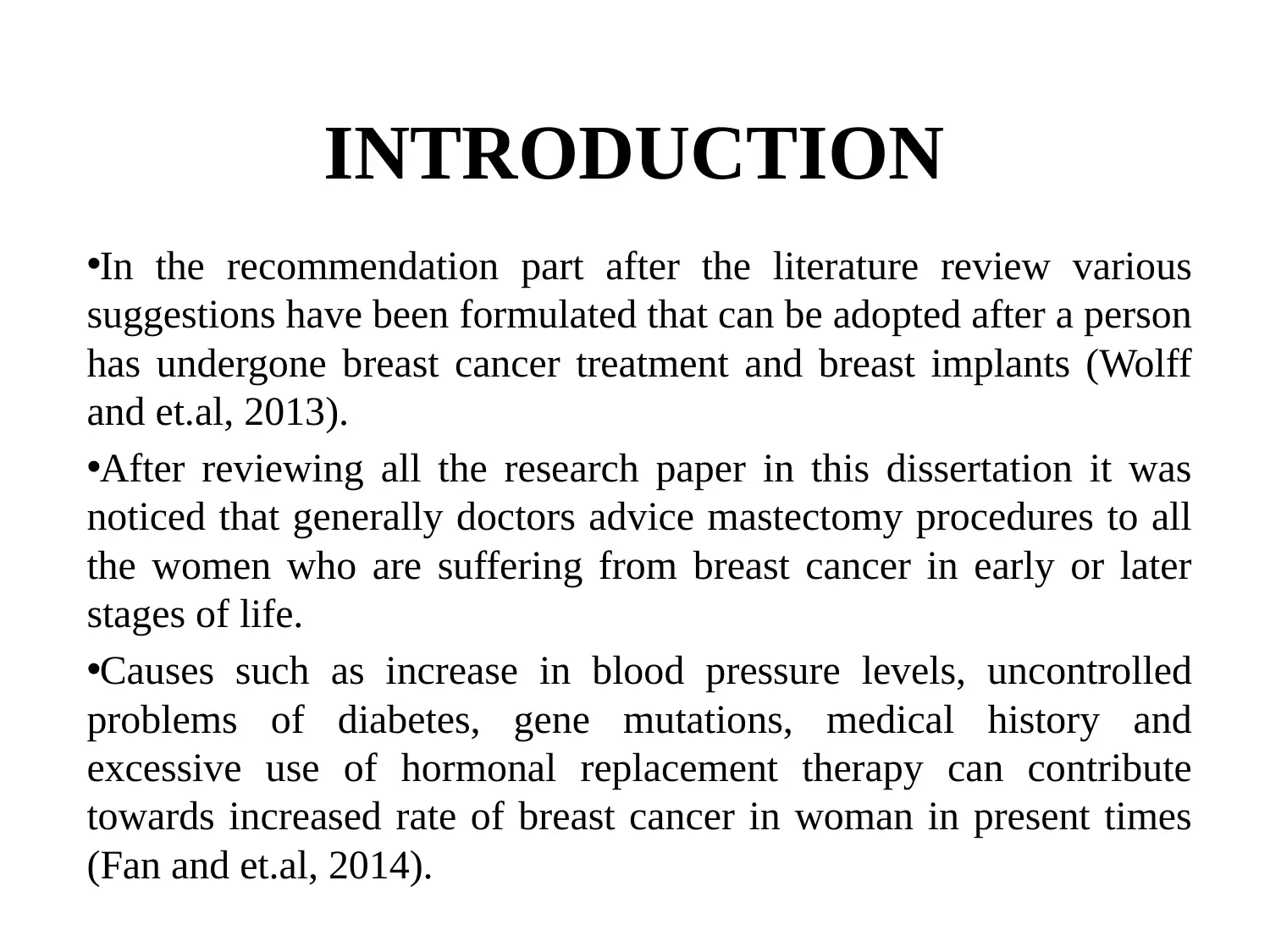
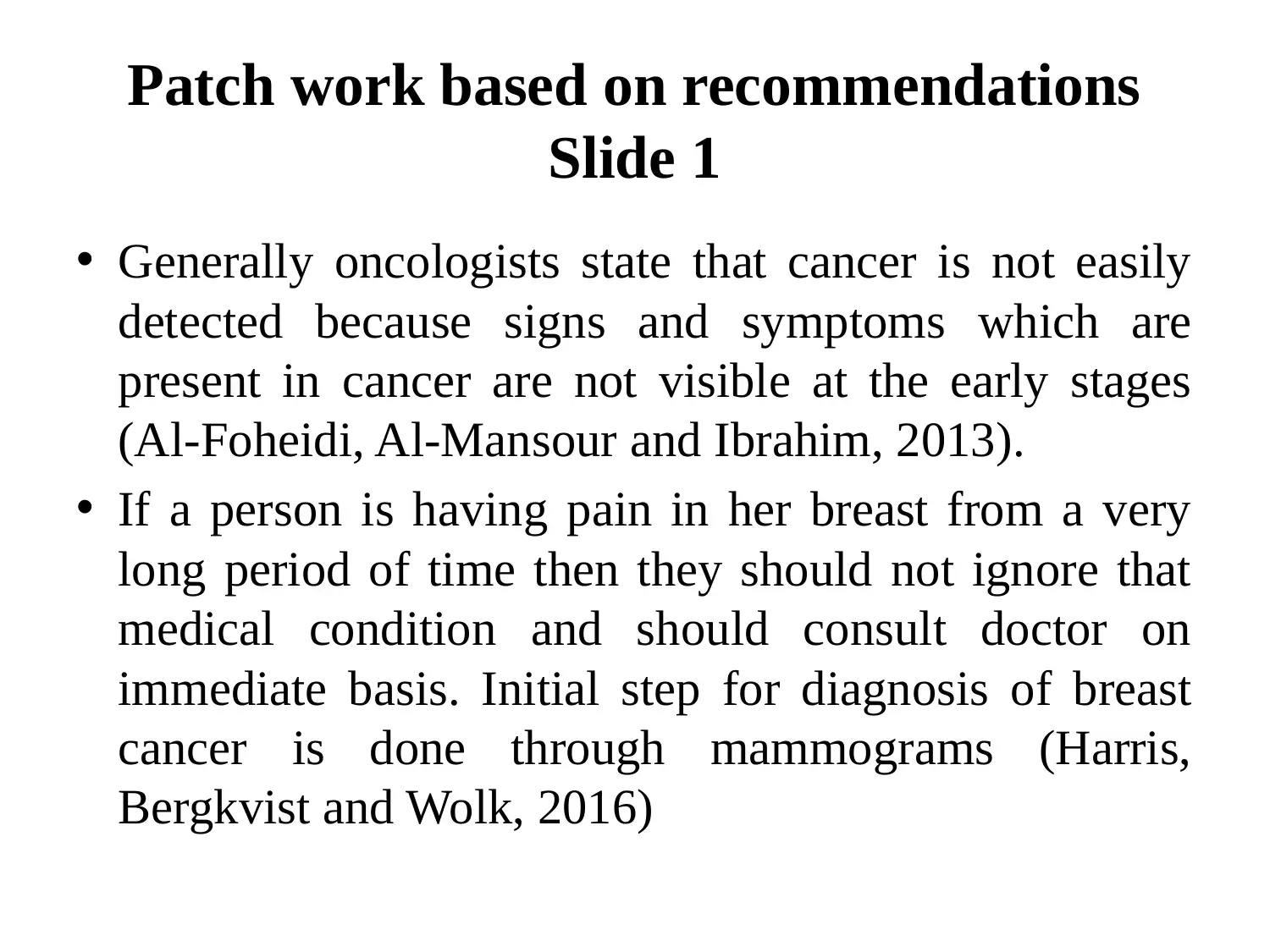



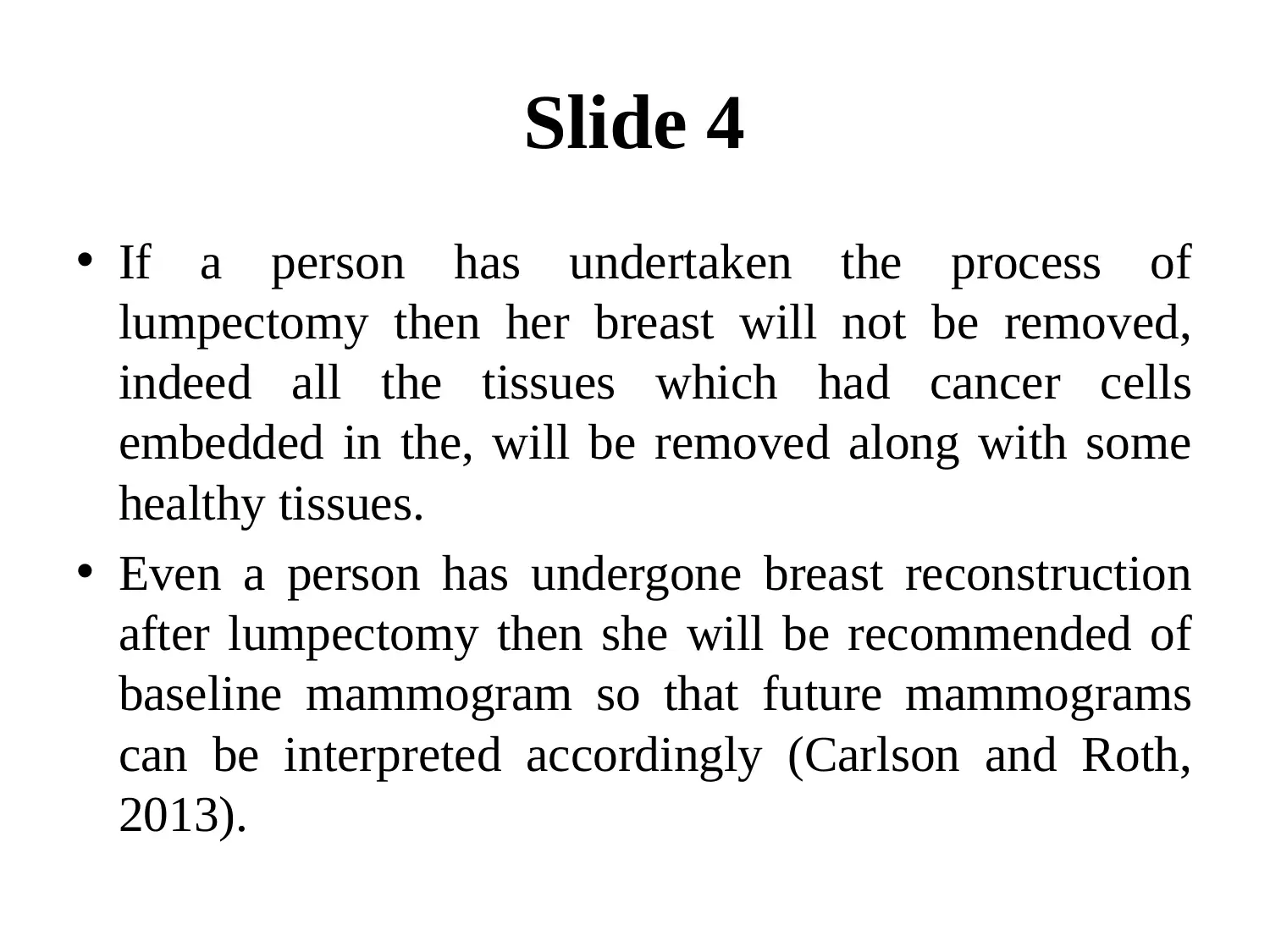
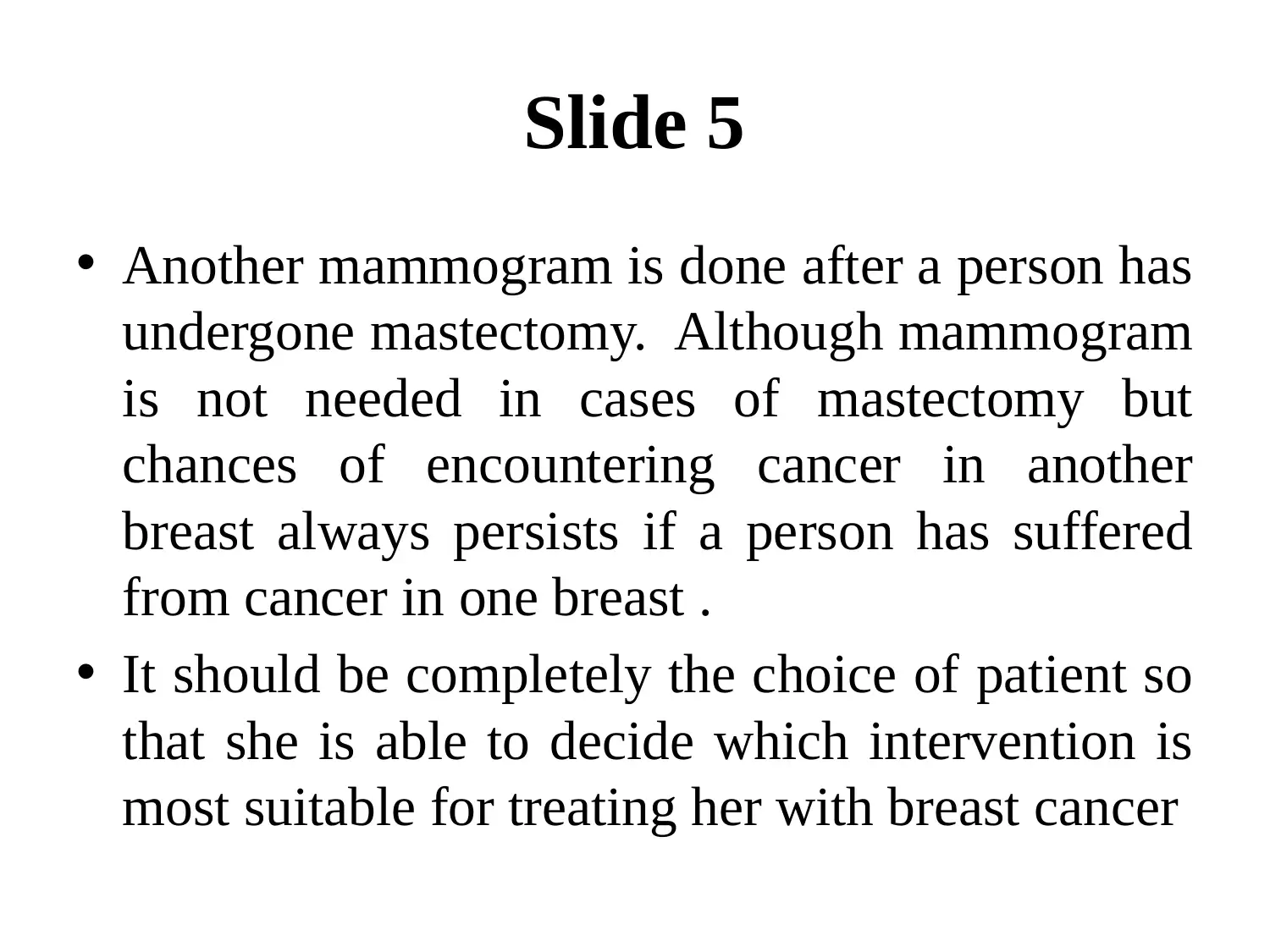



![[object Object]](/_next/static/media/star-bottom.7253800d.svg)